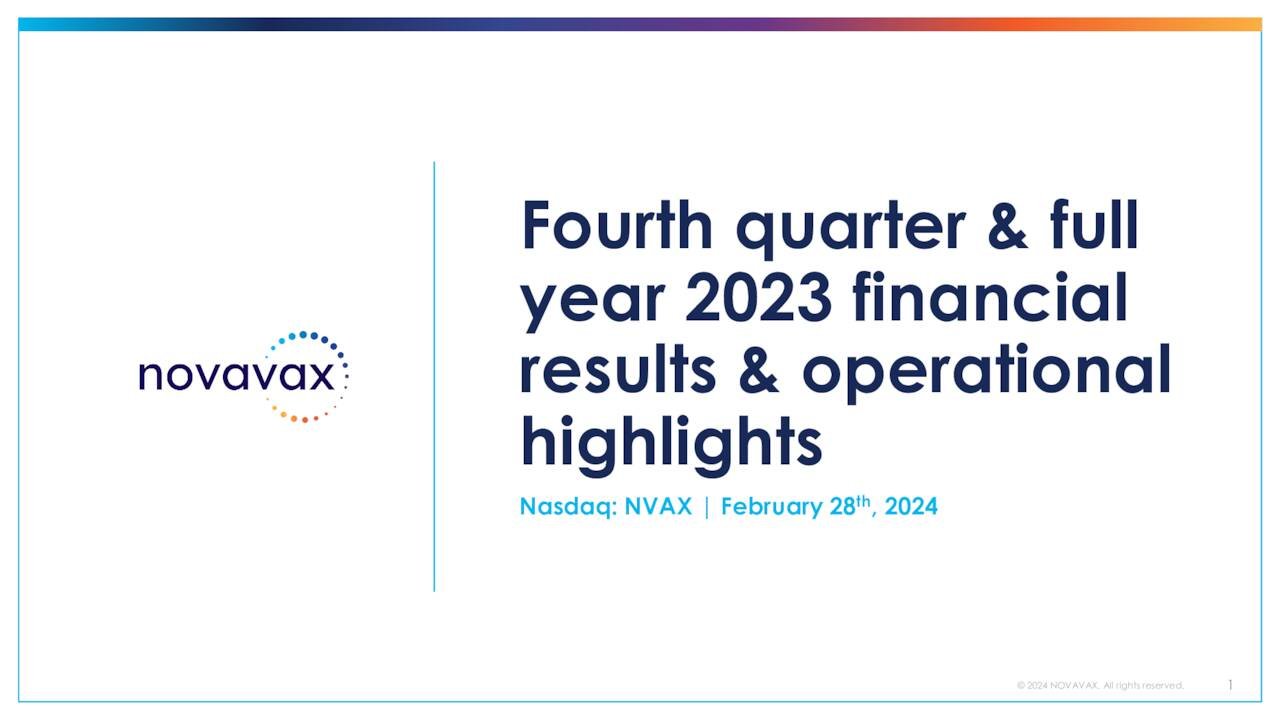How stablecoins are shaping the future of finance
May 6, 2024 | by stockcoin.net

The article explores how stablecoins, digital tokens designed to mimic the value of a stable asset like the U.S. dollar, are shaping the future of finance. It highlights the potential risks and benefits associated with the growing popularity of stablecoins. The collapse of Silicon Valley Bank and the subsequent loss of stability in Circle’s USDC token serve as a cautionary tale, underscoring the need for regulation and oversight in the stablecoin market. The article also discusses the reemergence of Stripe in the crypto payments space, signaling a renewed interest in integrating cryptocurrency into mainstream finance. Furthermore, it delves into the various practical applications of stablecoins, such as their use in real-world transactions and their potential role in the shadow banking system. The article concludes by examining the challenges and potential limitations ahead as stablecoins continue to gain traction in the financial landscape.
The Importance of Stablecoins in the Crypto Market
Stablecoins have become increasingly important in the crypto market as they offer stability and reliability that other cryptocurrencies may not. This was demonstrated during the collapse of Silicon Valley Bank (SVB), which had a significant impact on the stablecoin operator Circle. Circle had a substantial amount of uninsured funds at SVB, which caused its stablecoin, USDC, to lose its peg to the dollar. Thankfully, the Federal Reserve intervened to secure the bank’s deposits, preventing a larger crisis. This incident highlights the need for stablecoins and the potential risks associated with them.
Stablecoins serve as digital cash in the crypto market and are designed to mimic the value of traditional fiat currencies, usually the U.S. dollar, on a one-to-one basis. These tokens ensure stability by maintaining reserves that hold equivalent amounts in U.S. dollars. In recent years, stablecoins have gained significant attention and momentum, with corporations like PayPal and Ripple entering the market. Legislative support for stablecoins is also growing, with Senators Cynthia Lummis and Kirsten Gillibrand proposing laws to establish a solid framework for these tokens. This legislative support is crucial for the long-term success and adoption of stablecoins.
Stablecoins in Mainstream Finance
The reemergence of Stripe, a renowned payment processing company, in the crypto market marks an important turning point. After a six-year absence from crypto payments, Stripe’s return signals a renewed interest in integrating cryptocurrency into mainstream finance. Jonathan Bixby, a notable figure in the crypto world, suggests that Stripe’s initiative reflects a reversal, bringing crypto into everyday financial transactions. This move not only adds credibility to the crypto market but also paves the way for wider acceptance and integration of cryptocurrencies into traditional financial systems.
Real-World Use Cases of Stablecoins
Stablecoins are not just theoretical concepts; they are actively used in real-world transactions. Visa’s analysis reveals that stablecoin transactions amounted to over $2.5 trillion within a 30-day period, with USDC surpassing its rival Tether. However, it is important to note that a significant portion of these transactions is driven by automated trading on decentralized finance platforms. This highlights the growing reliance on programmed trading in the crypto market and the role stablecoins play in facilitating these transactions.
Furthermore, stablecoins hold the potential to become major players in the shadow banking system, which includes non-bank financial institutions such as asset managers and insurance companies. The ability of stablecoins to facilitate large-scale transactions positions them as potential custodians of substantial sums of money. This further solidifies their role in the broader financial ecosystem and highlights their importance in bridging the gap between traditional finance and the crypto market.
Investment Strategies and Risks for Stablecoin Operators
Stablecoin operators typically invest in short-term U.S. Treasuries or keep funds in bank deposits to generate returns or ensure the safety of their assets. Some operators also engage in reverse repo markets, lending out cash for short periods against secure collateral like Treasuries. These investment strategies aim to mitigate counterparty risks and maintain financial stability. However, there are drawbacks and risks associated with these strategies.
Frances Coppola, a financial commentator, points out that focusing solely on short-term asset holding may limit stablecoin operators’ ability to generate significant profits. Additionally, the mismatch between the durations of their assets and liabilities can introduce additional financial risks. These risks highlight the need for stablecoin operators to carefully manage their investment strategies and evaluate the potential risks associated with them.
Federal Regulator Concerns and Potential Limitations
Federal regulators have expressed concerns about stablecoins accumulating too many U.S. Treasuries, which could lead to potential disruptions in the market. Discussions are ongoing about potentially limiting the growth of stablecoins to mitigate these concerns. While concerns about the size and impact of stablecoins may seem distant, it is essential not to underestimate these factors as the market scales up. Regulatory measures may be necessary to ensure stability and prevent any adverse effects on the financial system due to the rapid growth of stablecoins.
Strategic Pivot and Versatility in Financial Operations
Stripe’s reintroduction of crypto payments and its expanded service offerings demonstrate a strategic pivot towards more open and versatile financial operations. By integrating with competing payment solutions, Stripe aims to provide users with a seamless and efficient payment experience. Stablecoins play a vital role in this strategy, as they enable faster and more manageable transaction settlements and costs compared to traditional cryptocurrencies. This shift emphasizes the efficiency and user-friendliness of stablecoins, making them desirable options for everyday financial transactions.
In conclusion, stablecoins have become increasingly important in the crypto market, offering stability, reliability, and practical use cases. The collapse of Silicon Valley Bank highlighted the risks associated with stablecoins and the need for regulatory support. As stablecoins make their way into mainstream finance and real-world transactions, they bridge the gap between traditional finance and the crypto market. However, stablecoin operators must carefully manage their investment strategies and consider the potential risks involved. Federal regulators also need to address concerns and potential limitations to ensure the stability and growth of stablecoins. Finally, the strategic pivot towards more versatile financial operations, as demonstrated by companies like Stripe, highlights the efficiency and user-friendliness of stablecoins in everyday transactions.

RELATED POSTS
View all





